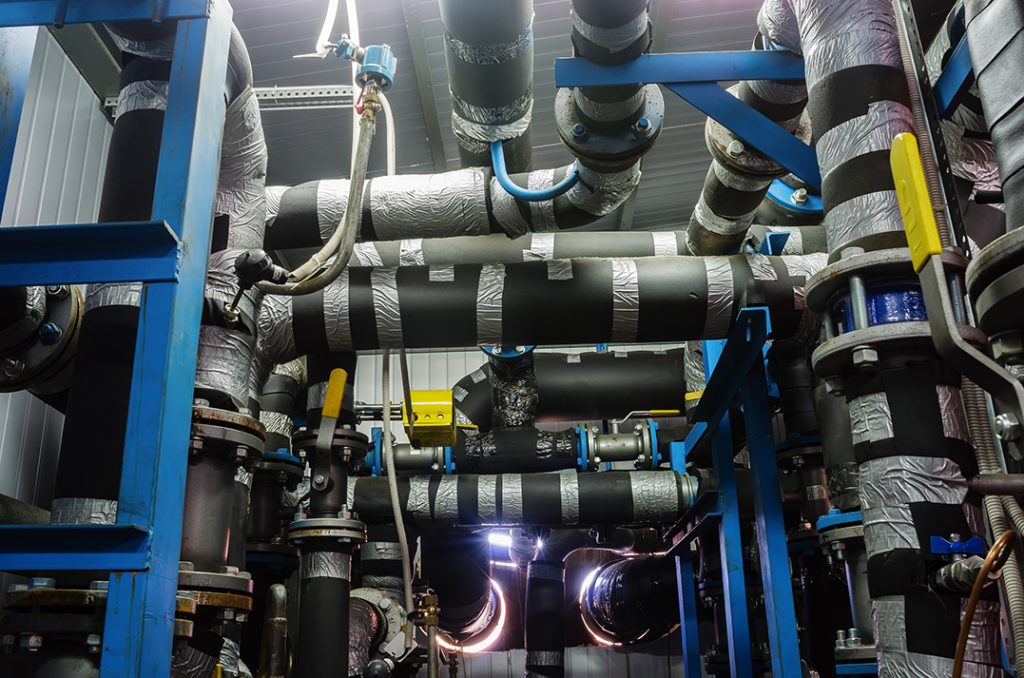Among the many kind of heat transfer fluids employed in heating, cooling and thermoregulation applications, heat transfer fluids, such as diathermic oil, offer a wide range of advantages. Diathermic oil is widely employed today in industrial applications of Tempco’s TREG thermoregulating units, in substitution of water and vapor to better meet the needs of more advanced technologies and production methods, requiring a wider range of working temperatures.
Heat transfer fluids are mineral or synthetic oils with special thermo-physical properties, compared to water and vapor, such as a high boiling point, approx 400-500° C, low vapor pressure and low pour point, reasons why they are widely used as a heat carrier in heat transfer systems.
The working life span of a diathermic oil and its performances are strictly depending on a number of factors, such as a proper engineering and sizing of the termoregulating unit, taking account of the peculiar chemical-physical properties of the specific heat transfer fluid involved. Other crucial elements are the selection of the correct materials, suitable for use with the heat transfer fluid, a correct filling and warm-up of the plant in the starting phase, and finally a careful maintenance.
And here is a list of the main advantages achievable with diathermic oil in TREG thermoregulating units as a heat carrier:
– High temperatures resistance
– Working at atmospheric pressure
– No PED compliance required (no pressurization)
– No chemicals and conditioning required
– Low freezing point and no risk of piping breaking in case of extreme low temperatures
– System startup at low temperature
– No scaling nor corrosion, if properly used
– Common construction materials (carbon steel)
On the opposite, diathermic Oil in thermoregulation and heat transfer systems also entail some disadvantages to be accounted, such as:
– Low specific heat compared to water
– Flammability
– Need of a recirculating pump
– Higher costs, especially in case of high capacity volume plants
– Craking and contamination risks related to bad operations


